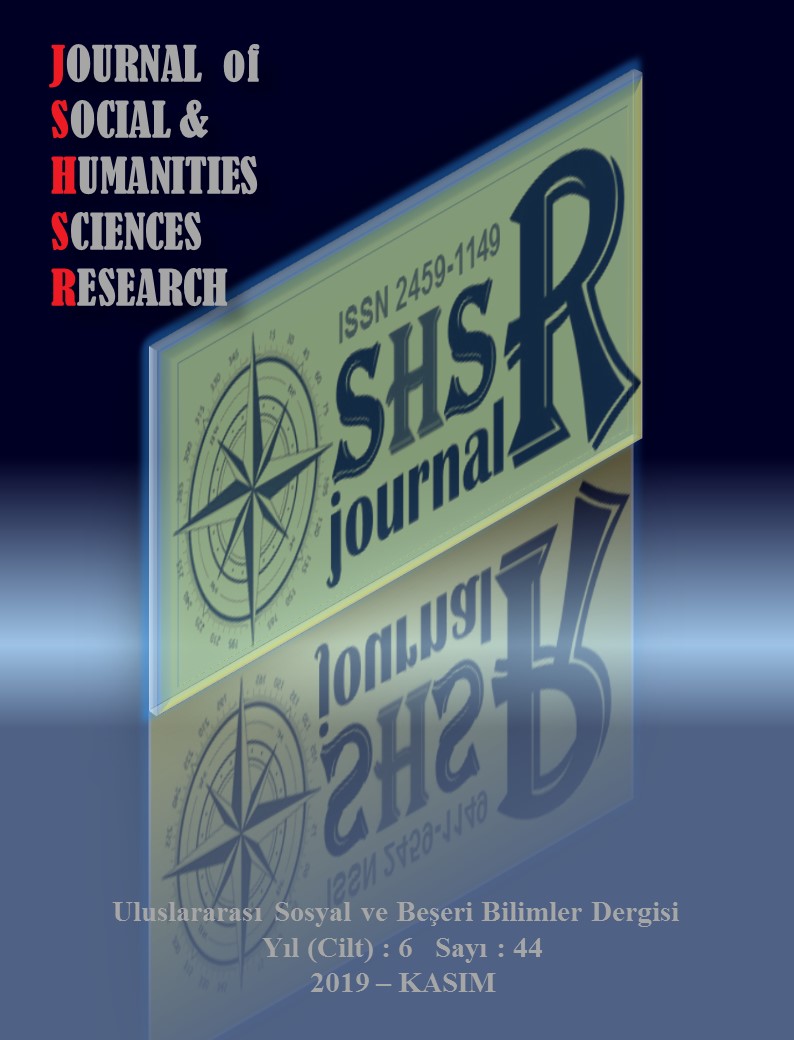LEVELS OF SATISFACTION IN DISTRICT BAZAAR USERS AND REVISIT INTENTION: A CASE STUDY OF TRABZON KIRECHANE
DOI:
https://doi.org/10.26450/jshsr.1575Keywords:
Place satisfaction, revisit intention, district bazaarAbstract
The development and transformation of cities led to an increase in the population in cities. With the increasing population
movement, the distorted formations in the cities have brought many problems in human and living spaces. These negative
effects caused the users to search for new spatial. In addition to being a component of urban ecology, ecological bazaars
constitute an important part of the spatial formations that contribute to the benefit of the user and the environment. In the
growing cities, these spatial formations have managed to become a self-sufficient spatial phenomenon with active use in line
with the opportunities it offers to its users. In order to examine the spatial satisfaction levels of ecological bazaars on users and
their intention to revisit; The ecological bazaar of the Kireçhane in the Kireçhane Quarter of Ortahisar District of Trabzon City
has been identified as the study area. In the determination of this area as a research area, the Kireçhane Neighborhood is not
only an intense urbanization phenomenon but also has an ecological environmental impact compared to other bazaar on a city basis. Therefore, this study examined the relationship between site satisfaction and revisit intention the users visiting the lime
ecological bazaar. In this context, 120 visitors were surveyed in June, September and October of 2019. As a result of the
research, satisfaction factors in the neighborhood bazaar; activity opportunities, service facilities, socialization and
accessibility. The factors affecting the intention to visit again were found to be activity opportunities, socialization and service
opportunities.
Downloads
Published
How to Cite
Issue
Section
License
Copyright (c) 2019 INTERNATIONAL JOURNAL OF SOCIAL HUMANITIES SCIENCES RESEARCH

This work is licensed under a Creative Commons Attribution 4.0 International License.


